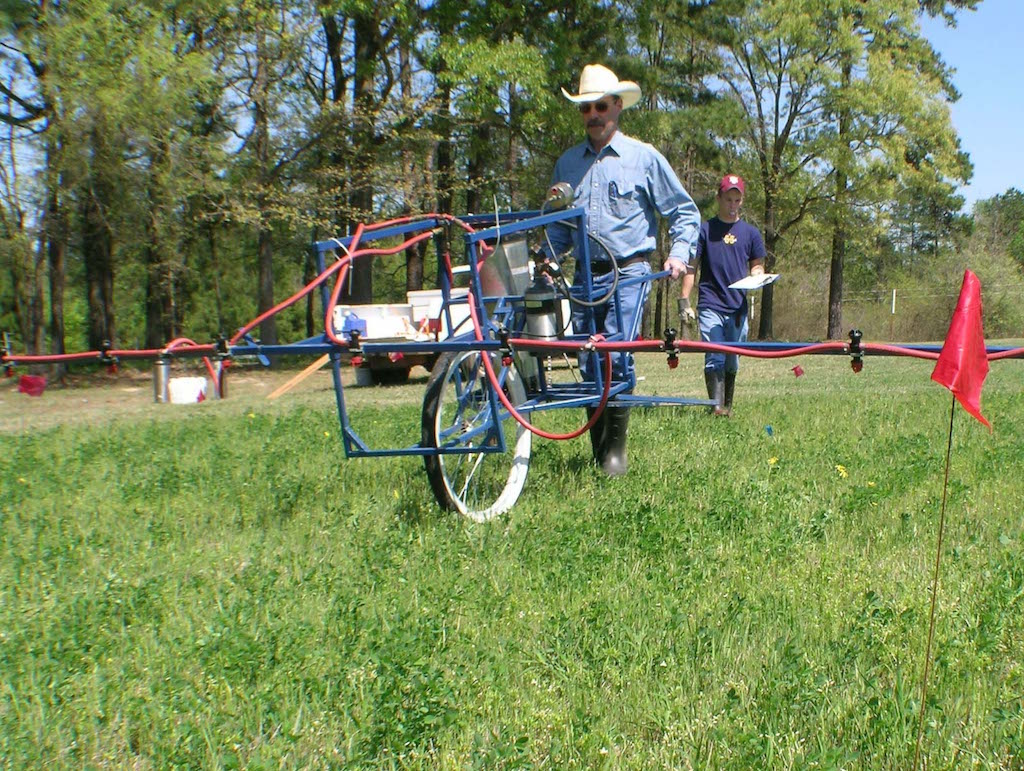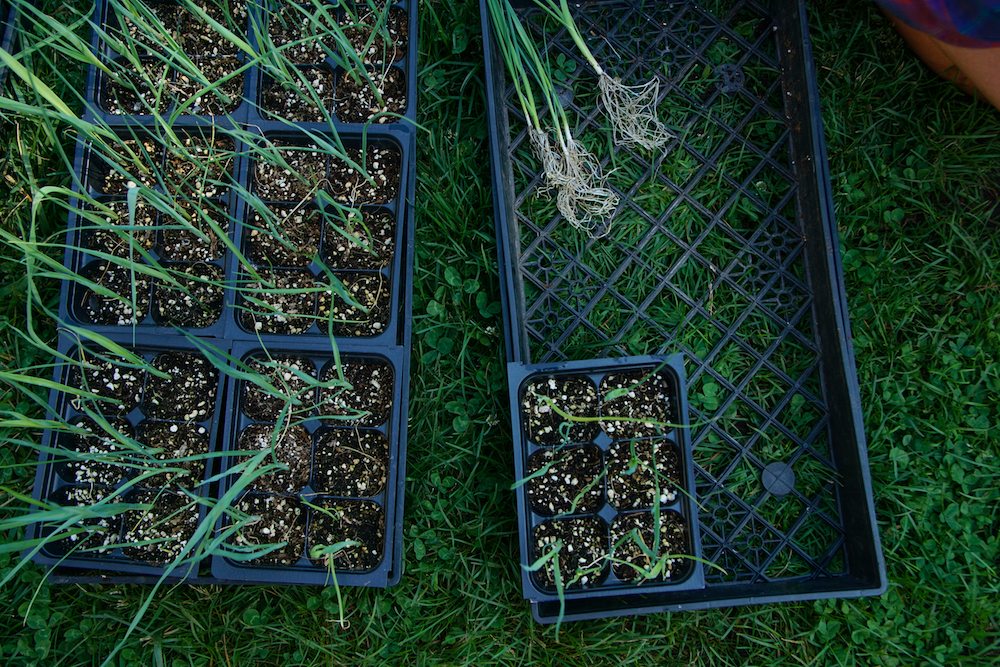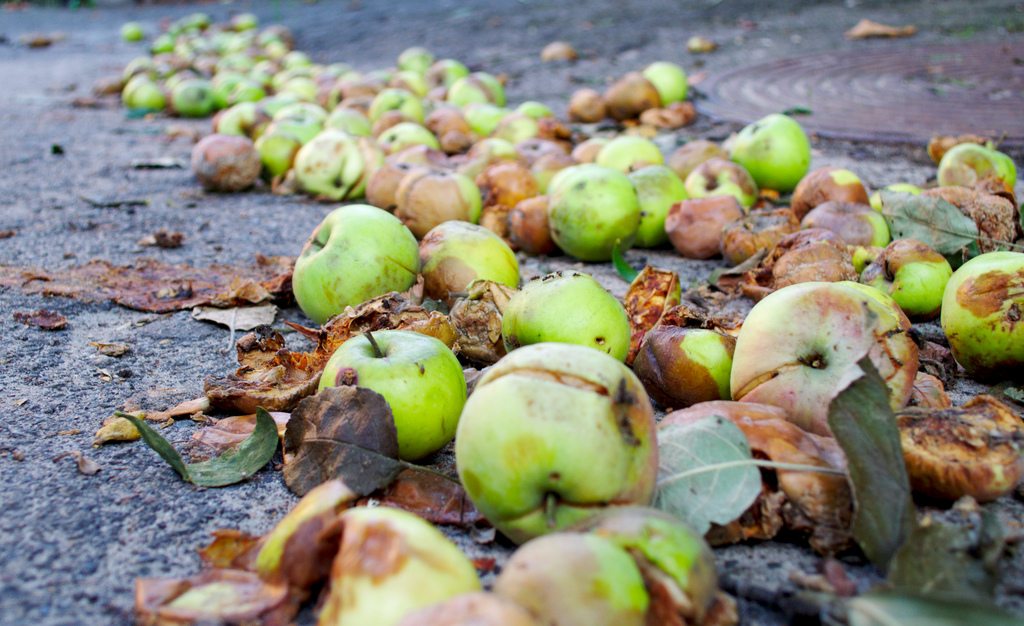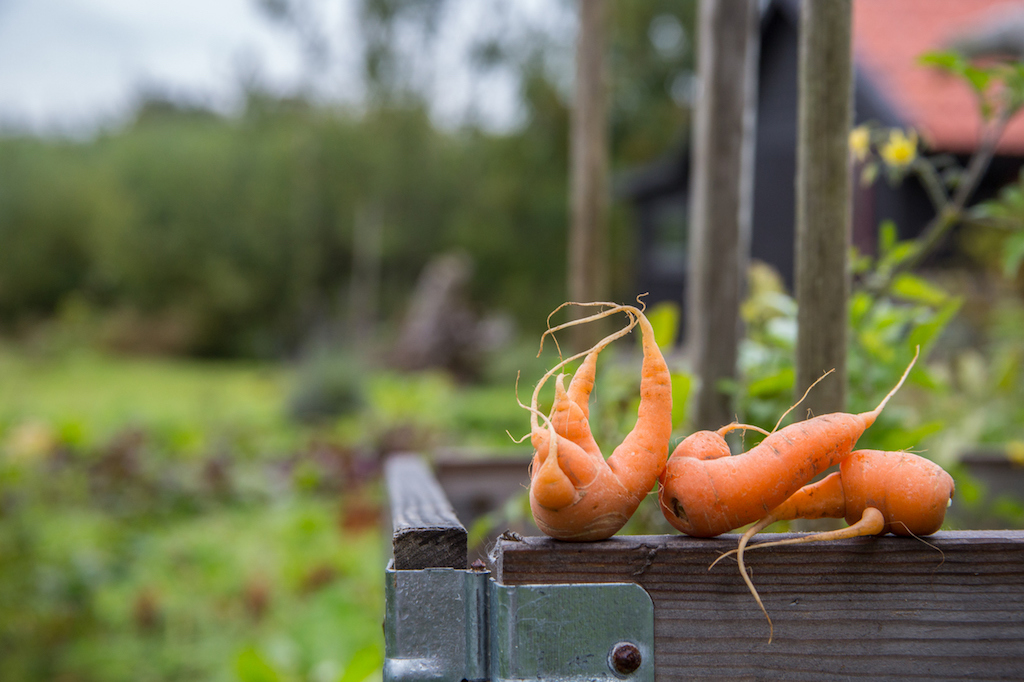Since it was introduced in the United States over 40 years ago, glyphosate has become the world’s most widely used weedkiller, best known for being the active ingredient in Monsanto’s popular Roundup herbicide. In the years between 2005 and 2014 alone, a staggering 13 billion pounds were applied to crops of all kinds, from corn to soybeans to wheat to potatoes. And its use has been propelled by the rising popularity over the last two decades of “Roundup ready” crops, which are genetically modified to resist glyphosate so farmers can quickly kill the weeds in between. It’s a ubiquitous tool in modern-day agriculture, one that’s seen as indispensable on farms across the world.
One thing pretty much everyone agrees on: glyphosate is everywhere.
Its widespread use means that glyphosate is also in our food—and, increasingly, in our bodies. Trace amounts of the herbicide are routinely found in everyday products like corn flour, crackers, and honey, according to internal Food and Drug Administration (FDA) documents obtained by The Guardian. Last year, the Canadian Food Inspection Agency found glyphosate residues in nearly 30 percent of the fresh and processed fruits and vegetables, grains, and infant foods it tested. And several recent studies suggest that the amount of detectable glyphosate in the urine of some Western populations has risen over the years.
So is glyphosate benign, does it pose some kind of clear and present threat, or is the truth somewhere in between? That’s where things get complicated. In theory, scientific research should be able to provide a sober, objective assessment of the risks. But the intensity of the debate has made it very difficult to sort out science from personal bias and industry spin.
Just look at the ongoing fracas over whether glyphosate has the potential to cause cancer in humans. For years, assessments conducted by the U.S. Environmental Protection Agency (EPA) and the European Food Safety Authority have concluded that the chemical is not carcinogenic. Then, in 2015, the World Health Organization’s International Agency for Research on Cancer (IARC) decided it was “probably carcinogenic” to humans (adding it to a list that, for the record, also includes red meat).
Since the IARC’s decision, thousands of people across the country have sued Monsanto, alleging that Roundup caused them to develop non-Hodgkin’s lymphoma, a type of blood cancer. Then, last year, court records were revealed that suggested a cozy relationship between EPA officials and Monsanto, and that an EPA official had possibly prevented a review of the chemical from taking place. At the same time, IARC was heavily criticized for selectively “editing out” data from its assessment, removing evidence that showed no links between glyphosate and cancer.
The first step in preparing a restoration site is to apply glyphosate, also sold under the trade names Roundup or Rodeo, which eliminates the bahiagrass. Pasture grasses, such as bahiagrass, are extremely difficult to destroy, and multiple treatments of the herbicide are often required. Native plants cannot compete with these exotic grasses, and fire alone usually won’t get rid of them
When each concerned faction accuses the other of distorting the facts, and even independent organizations and regulatory bodies have struggled to stay above the fray, it can be hard to know what to believe. The result is that, while glyphosate everywhere in the global food system, there’s little consensus about what that actually means for human health. And so the question isn’t just whether or not the world’s most popular herbicide is safe. It’s also about how we determine what “safe” is in the first place, and who gets to decide.
A need for open research
Glyphosate is marketed as safe for animals and humans because it’s designed to disrupt a protein production pathway that only plants posses. Simply put, it inhibits an enzyme that promotes plant growth; once exposed, plants can’t produce amino acids properly and die. Since that enzyme, EPSP synthase, is not present in humans, agribusiness companies tend to argue that glyphosate poses few risks to human health.
Still, pesticide companies like Monsanto or Syngenta have to do extensive studies on lab animals—to assess glyphosate’s toxicity and look for carcinogenic potential, as well as some toxicological studies on the full commercial formulation. These studies are then re-evaluated every 15 years or so. The problem is that none of those industry studies are made public; they are considered proprietary information and are only available to regulatory bodies.
“Individually, these studies don’t seem very sexy or compelling, but when you collectively start to put them all together, they start to point to something that must be happening,” says Deborah Kurrasch, a neuroscientist at the University of Calgary, whose own research suggests that glyphosate has early effects on the behavior of zebrafish larvae.
But we’re still a long way off from understanding these effects, and whether they have any bearing on human health, Kurrasch notes. And even though the body of literature is rapidly growing, for now, the data in humans is scant and is confusing. Some epidemiological work has showed links between the use of glyphosate-based herbicides and non-Hodgkin’s lymphoma, although a recent large-scale study of 90,000 U.S. farmworkers and their spouses did not report any such association.
“The data that is used, these animal cancer studies that are conducted for the sole purpose for evaluating the safety of these compounds, should be publicly available information,” Portier says. “It shouldn’t be hidden from the public.”
An opaque ingredient list
While some studies have found that glyphosate itself isn’t actually that toxic at most environmental concentrations, other research has focused on Roundup’s entire formulation. Glyphosate and Roundup are not one and the same, after all. The active ingredient is just one part of a chemical cocktail that makes up the herbicide—and some research suggests that its complete formulation is more toxic to cells than glyphosate is by itself.
“There’s definitely greater toxicity with the commercially available product than there is with any individual ingredients,” says Vanessa Fitsanakis, a toxicologist at Northeast Ohio Medical University, who studies the potential of herbicide formulations to increase the risk of developing Parkinson’s disease. Backing this up, the United States Department of Health and Human Services (HHS) National Toxicology Program recently released information showing that some commercially available formulations containing the ingredient were “more potent” than glyphosate alone.
Not knowing what else is in the finished formula is a hindrance for scientists
But what are those other ingredients, exactly? This is where lack of transparency becomes a hurdle again. While agribusinesses that make herbicide for have to disclose the amount of the active ingredient—glyphosate—on their labels in the U.S. and in the E.U., they usually don’t have to list the other, inactive ingredients used in their formulations. The recipe, as it were, is proprietary. And in the past, individual components in those recipes have been found to be quite toxic—for instance, a chemical known as POE tallowamine, which the E.U. banned in 2016, although it’s still allowed in the U.S.
Monsanto stresses that glyphosate and Roundup have both been extensively evaluated and that all data support the claim that Roundup is safe for use. For example, the surfactants the company uses in the product, explains Charla Lord, a spokesperson for Monsanto, “are very similar to dish soap.”
But not knowing what else is in the finished formula is a hindrance for scientists like Fitsanakis.
“That makes it very difficult for a toxicologist to test the different components to figure out what’s the most toxic or what’s contributing to it,” she told me, in an interview with The Scientist earlier this year.
“I want to let people know, if you want to use your [herbicides], I’m okay with that,” she says, “but you need to be a lot more diligent in making sure that they’re applied correctly, and you have the proper personal protective equipment on, because I think there’s real reason to be concerned.”
In the meantime, we need open scientific research to continue, says Félix Carvalho, a toxicologist at Portugal’s University of Porto and secretary general of the European organization Eurotox. And, he says, particularly on understudied effects—on gut flora, for instance, or on certain tissues where glyphosate might accumulate.
There are additional concerns about high glyphosate concentrations in soil, groundwater, and precipitation, and the possible effects that might have on small organisms—particularly those living in soil. And some recent research has found that plants may be developing resistance to glyphosate, challenging its efficacy.
But there aren’t any easy answers here. Some countries, such as Germany, are making moves toward restricting its use. Banning it entirely would also be an option, though Carvalho wonders about the alternatives.
“People must be aware that if they want to eliminate glyphosate there are two options: Either there is a new herbicide coming to replace glyphosate, and new does not mean better, because for this one we have forty years of experience,” he says.
“Or, we’re turning agriculture into an organic type of agriculture, which is okay. But the yields of that organic agriculture may not be sufficient to feed populations. I don’t know.”











